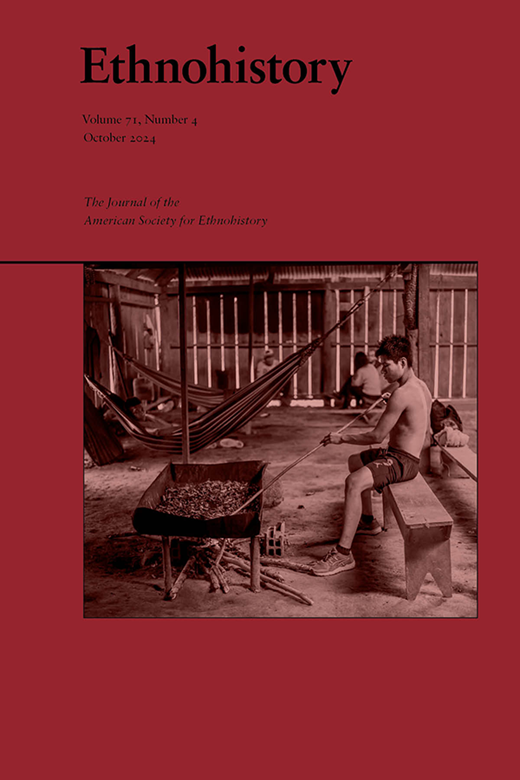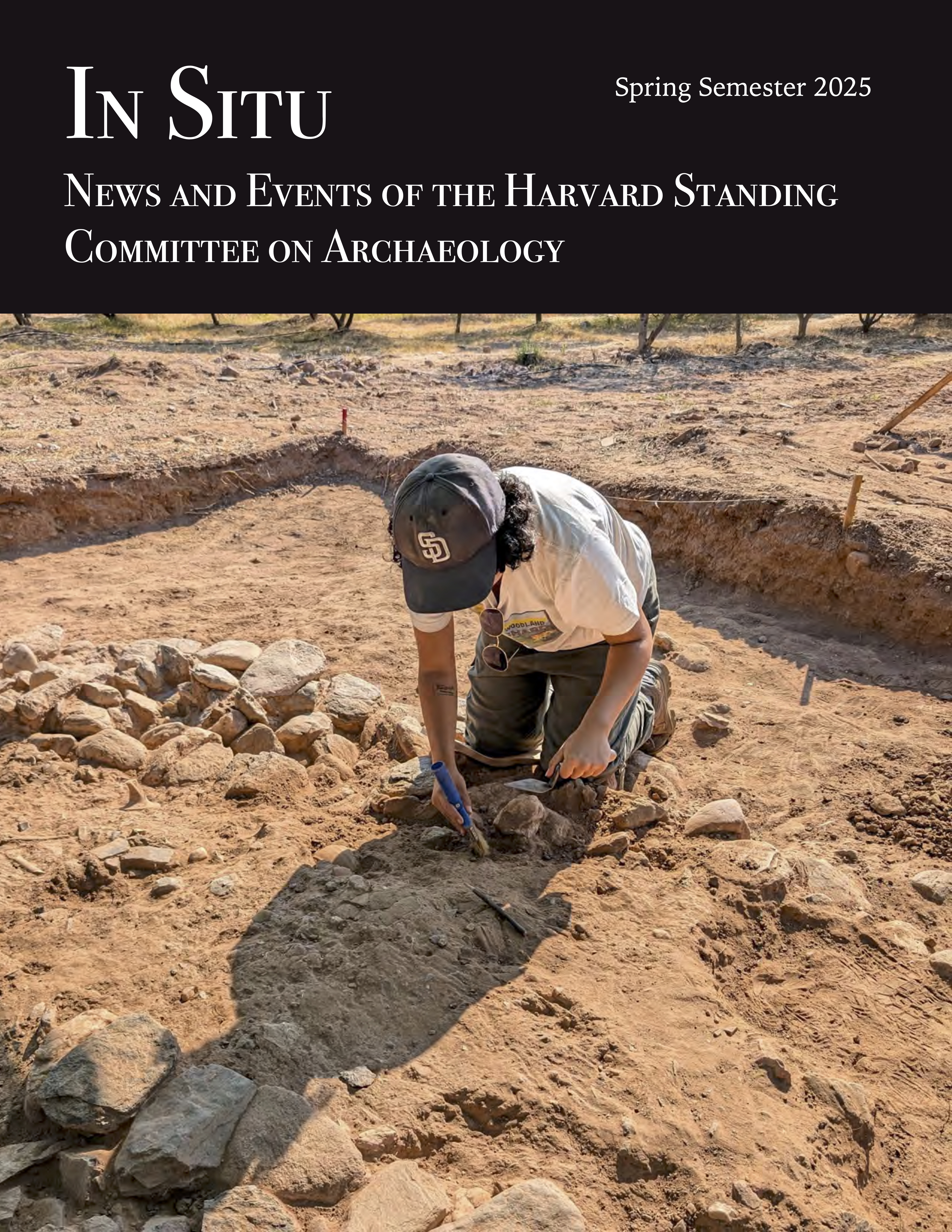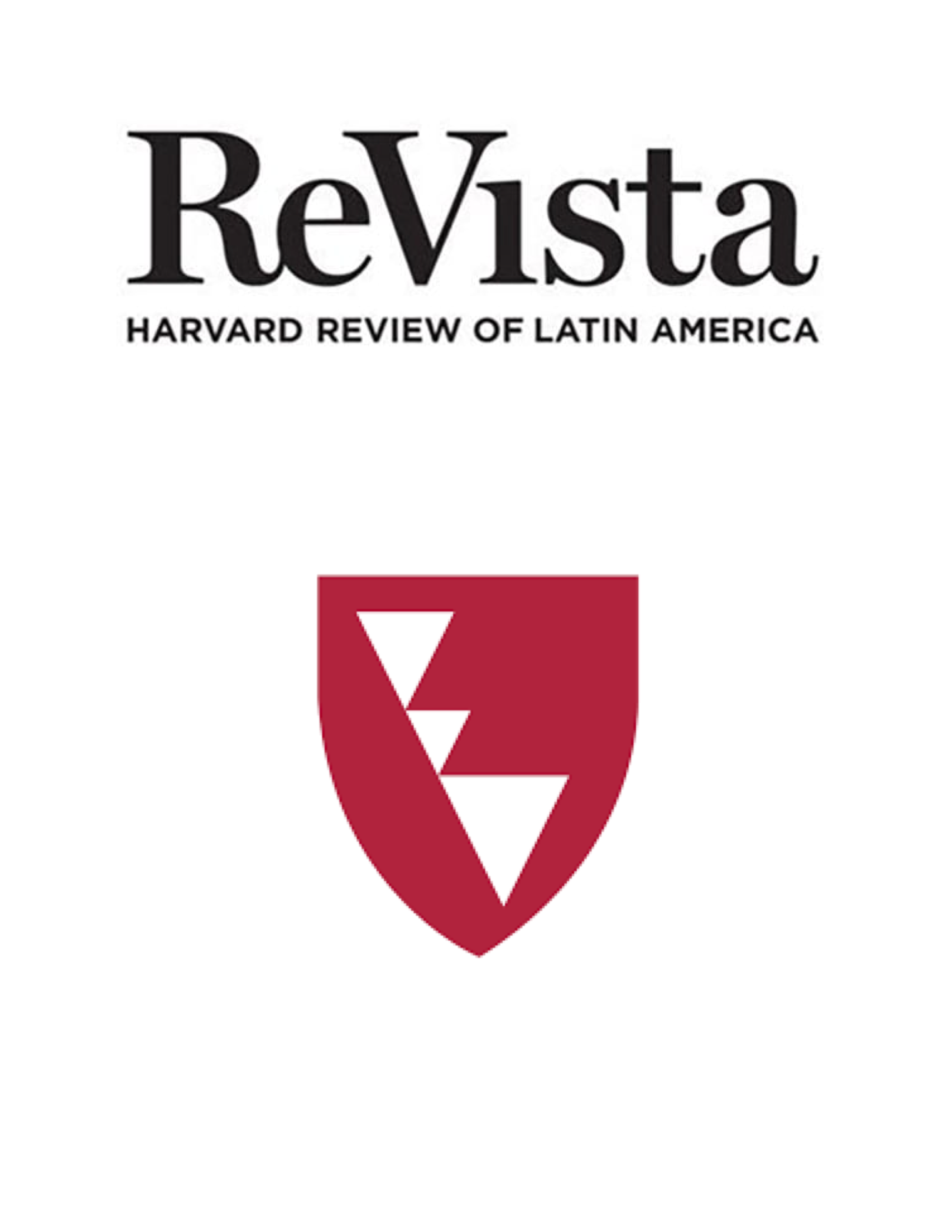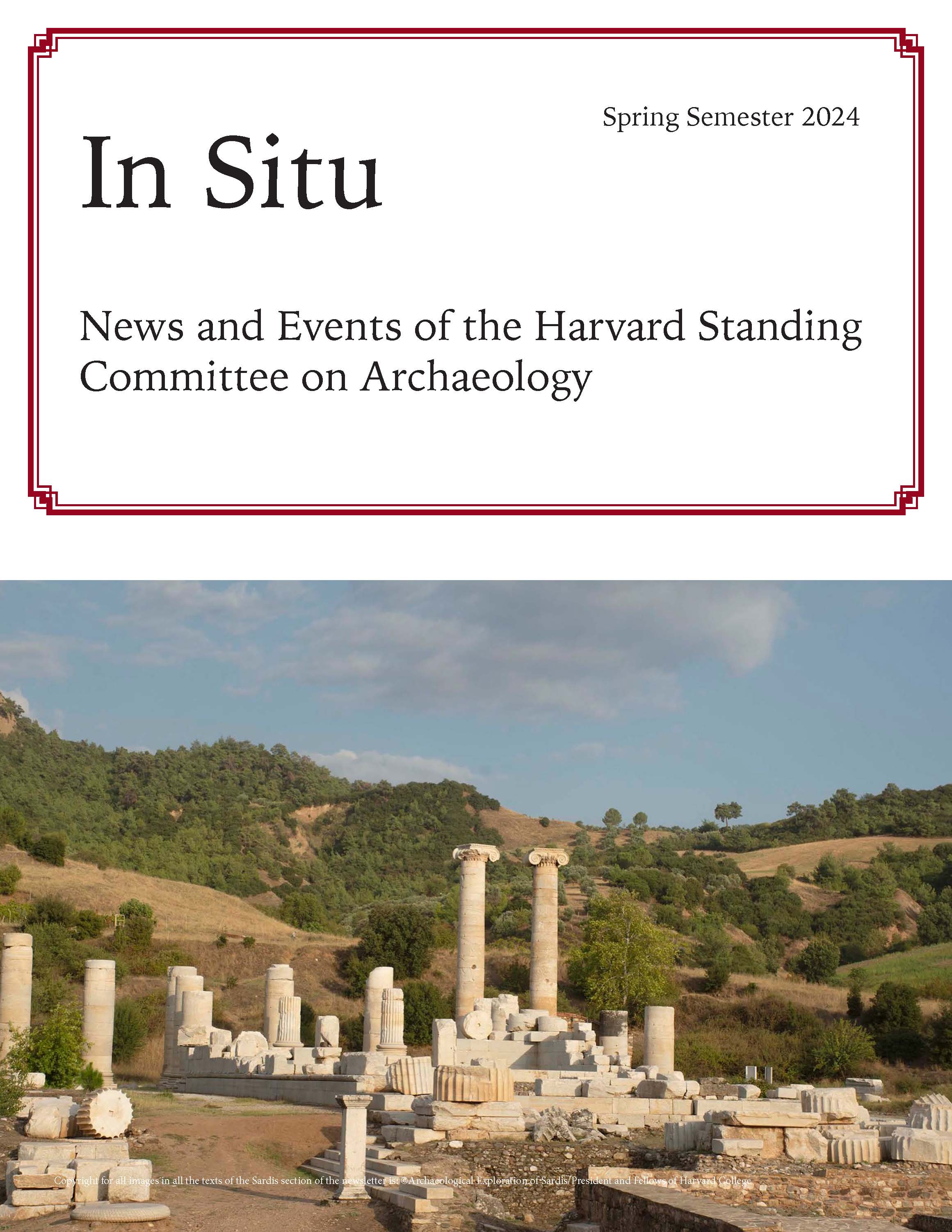About Me
Mackinley “Mack” FitzPatrick is a Ph.D. candidate in Archaeology in the Department of Anthropology at Harvard University. He holds a B.A. in Computer Science with a minor in Archaeology (2020), and an M.A. in Anthropology (2022), both from Harvard. In his doctoral dissertation, Structure of the Khipu Code: A Chaîne Opératoire Approach to Understanding Inka-Style Khipus (working title), he is investigating the structure, materiality, and production of Inka khipus—knotted cord devices used for data recording in the Andes. In 2025 he was named a Harvard Horizons Scholar.
Mack’s research integrates computational archaeology, fiber technology analysis, and ethnographic context to rethink how we approach ancient media. He employs a chaîne opératoire framework to reconstruct the step-by-step production of khipus, combining fieldwork, replica-making, and high-resolution digital documentation. His work aims not just to decode khipus, but to understand the cultural knowledge embedded in their construction.
His dissertation focuses on 33 Inka khipus recovered from cliffside tombs at Laguna de los Cóndores in Peru’s cloud forest, housed today in the Museo Leymebamba. These rare specimens—found in direct archaeological context—allow for one of the most detailed analyses of a khipu archive to date. His research addresses how information was structured across multiple khipus, how imperial Inka administration operated at the local level, and how gender and labor shaped khipu production.
Beyond academic research, Mack is committed to public outreach, community collaboration, and digital preservation. He has participated in outreach programs at the Museo Leymebamba and the Peabody Museum’s Virtual Archaeologist in a Classroom initiative. He also serves as an the current administrator for the Open Khipu Repository and is an affiliate of the Khipu Field Guide project.
Learn more about Mack's research by watching these short videos...
Publications
Peer-Reviewed Articles
Book Chapters
Popular and Web

Get in touch
Office Address
Peabody Museum11 Divinity Ave., Cambridge, MA 02138













